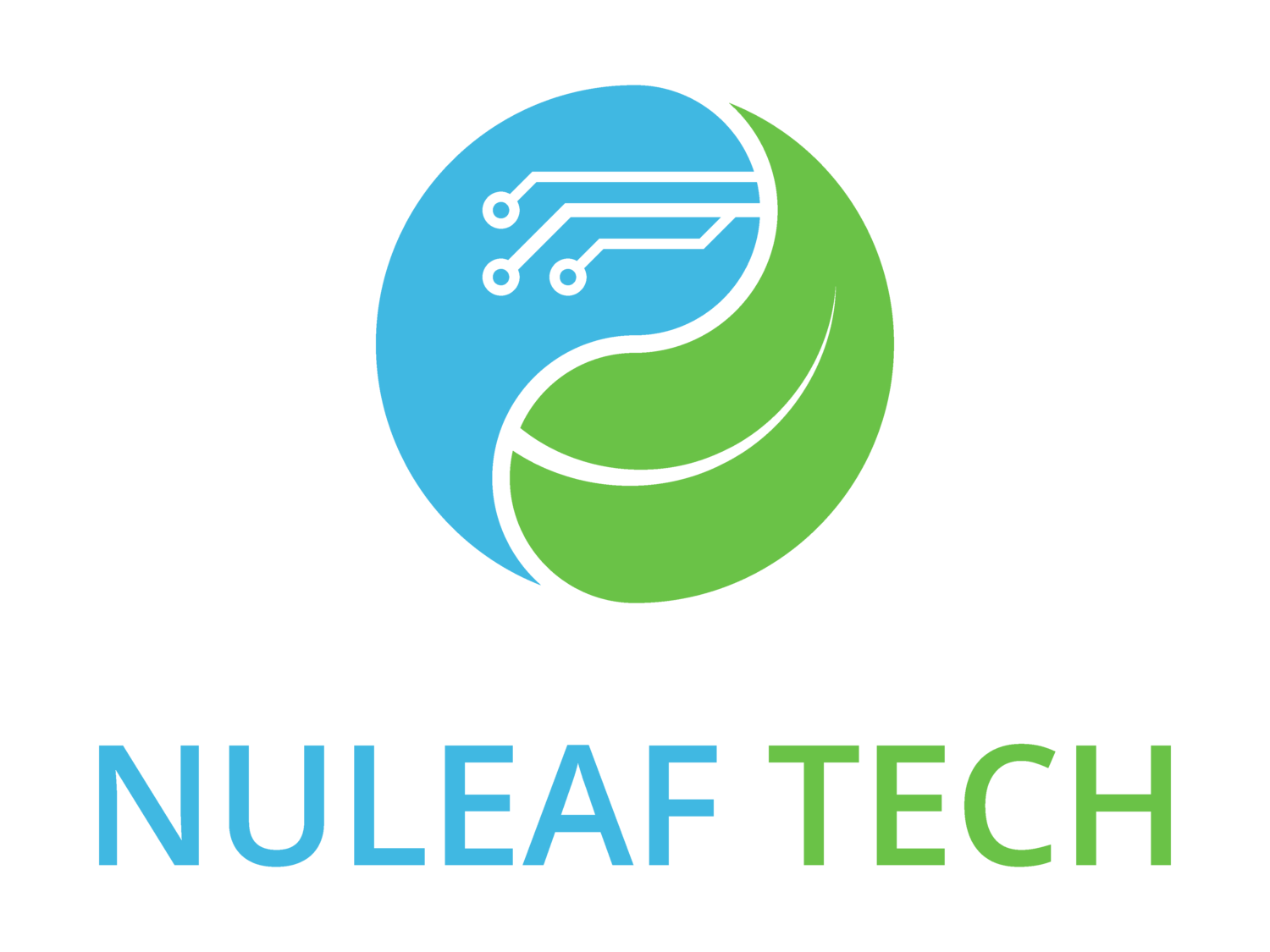A Look at California’s Antiquated Water Policy in the Face of Scarcity
By Jimi T Hardee
Water is a keystone resource not just for life, but for industry and commerce. Especially in California where we contribute more than any other state to US agricultural production, water is essential to our economy. It is also common knowledge that California is prone to drought, and, among its inhabitants, the looming threat of widespread water scarcity seems always to be just over the horizon.
So with such an important agricultural sector, and such a reputation for scarcity, you would think that California’s management of water resources would be the picture of efficiency. To put it simply: you would be wrong. With a large chunk of California’s water laws having been passed a century or more ago, the state’s policies categorically fail to address modern problems with how this resource is managed.
Use It or Lose It
The first thing to understand about water in California is that there is actually more than enough to go around. In a 2016 article economist Christopher Thornberg, PhD who has taken a particular interest in this matter states quite plainly:
“California has plenty of water to deal with these periodic dry spells. It only needs to appropriately appropriately manage its supplies…”
So what then is the cause of this perceived scarcity in our home state? Ultimately it comes down to matters of policy. Agricultural water rights in California uses a “use-it-or-lose-it” principle more appropriate for an office budget than the management of our most valuable resource. In simple terms, farmers with a legitimate water claim have the right to divert a set amount of water for irrigation in a given year. If they end up using less water in that year, however, the farmers lose the rights to divert that ‘surplus’ for the next year.
Being that it is not easy to predict how much water your farm will need in the coming year, this policy gives farmers an incentive to use more water than they might need in order to ensure they don’t lose out on water rights. Indeed we have seen the agriculture industry in California enjoy record breaking growth even during some of the worst droughts in recent memory which indicates, as Thornberg puts it: “the industry truly can prosper with far less water than it normally consumes.”
The “use-it-or-lose-it” policy is not only detrimental to California’s water, but also it’s economy. Despite consuming 80% of the water in California, agriculture only accounts for about 2% of the state’s GDP. I don’t think most of us are expecting agriculture to be outperforming finance and real estate as GDP contributions for the state, but the fact remains that we are getting much less than we could be out of the industry for how much it costs us in water.
Growing Hay in a Desert
By acreage the largest crop grown in California is alfalfa used to make animal feed. Alfalfa growth operations account for more than 5% of the land in the state. The problem here is that alfalfa requires a huge amount of water to grow and yields less than 20% of the revenue per acre as compared to more profitable crops such as grapes.
Additionally, more than a quarter of California’s alfalfa crop is exported to other countries. In other words, California is effectively exporting its water on a huge scale in the form of relatively low-profit animal feed. When I sat down recently with Dr. Thornberg to discuss this, he didn’t have many good things to say about the practice:
“At some extent we have to acknowledge that there are basic issues with the demands of this market… what I find upsetting is that we are using something so incredibly important as water for growing hay in the desert.”
I don’t want to make it seem like farmers are the bad guys here. The bottom line is that farmers need to monetize the resources they have in order to pay the bills. The issue is that what farmers have to monetize is their land and their water rights, and with the current policy and infrastructure the best way to do that is by growing alfalfa.
“This is what happens when you don’t have markets…” says Thornberg “Oil is done in markets, if you want more oil you buy more, we don’t have that in water, no such thing as a water market.”
The implied solution here is If there were such thing as a water market, this would open up the possibility for farmers to sell off some of their water to areas that need it, rather than having to use it all or risk losing their rights. As it stands right now though, the only way that farmers are able to get a return on their investment in water is by selling their crops. Unfortunately this means that the water isn’t always going where it is needed most.
Ultimately, I’m not suggesting that any one solution is the answer to California’s water problems. When you look at the policy and infrastructure surrounding the state’s water though, it becomes clear very quickly that our management of this resource is in desperate need of reform. While we at NuLeaf do our best to address water scarcity, it is also essential that we affect changes in policy to manage life’s essential resource intelligently.
Says Dr. Thornberg: “We do have scarcity, but it’s scarcity generated by inefficiencies.” And when it comes down to it, correcting these inefficiencies is the most important step to turning waste into abundance.
References:
https://beaconecon.com/blog/exporting_water_in_a_drought_2_26_2016/
https://www.theguardian.com/us-news/2019/mar/25/california-water-drought-scarce-saudi-arabia
https://nationalaglawcenter.org/overview/water-law/
https://blogs.loc.gov/law/2014/03/an-introduction-to-water-law/


